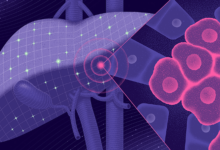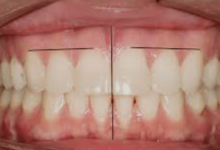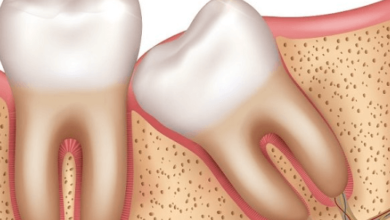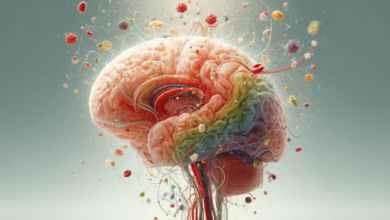Unraveling Healing Paths Empowering Strategies for PTSD and Trauma Recovery
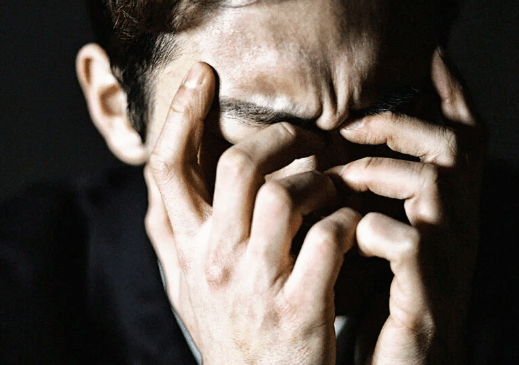
Navigating the winding road of PTSD and trauma recovery can be daunting, yet with the right strategies, healing is within reach. This post aims to provide valuable insights and practical tips for patients, therapists, PTSD survivors, and mental health advocates. We’ll explore effective strategies for recovery, offering a sense of hope and empowerment to those impacted by trauma.
Understanding PTSD and Its Impact
PTSD, or Post-Traumatic Stress Disorder, is a mental health condition triggered by experiencing or witnessing a traumatic event. It can affect anyone, from veterans to individuals who’ve endured accidents or abuse. The impact is profound, leading to symptoms such as flashbacks, severe anxiety, and uncontrollable thoughts. Understanding these effects is crucial for paving the way toward effective recovery.
See also: The Essentials of First Home Buyer Loans: What Every New Homeowner Needs to Know
Recognizing Symptoms of PTSD
Identifying PTSD is the first step in the recovery journey. Symptoms can vary widely but often include intrusive memories, avoidance behaviors, negative changes in thinking and mood, and altered reactions. Recognizing these signs early can facilitate timely intervention and support.
The Emotional Toll of Trauma
Trauma’s emotional impact extends beyond PTSD symptoms. It can lead to feelings of hopelessness, guilt, and isolation. Acknowledging these emotions is vital, as it encourages individuals to seek help and begin the healing process. Support from friends, family, and mental health professionals plays a critical role during this phase.
The Importance of Professional Help
While self-care is essential, professional support is equally important in trauma recovery. Therapists trained in trauma-informed care can provide specialized treatment, helping individuals process their experiences in a safe, supportive environment. Encouraging a collaborative approach between patients and therapists fosters trust and progress.
Exploring Therapeutic Strategies
Numerous therapeutic strategies can aid in PTSD and trauma recovery. Each approach offers unique benefits, allowing patients and therapists to tailor treatment plans according to individual needs. Let’s explore some of the most effective strategies.
Cognitive-Behavioral Therapy (CBT)
CBT is a widely used therapeutic approach that helps individuals identify and change negative thought patterns. By addressing distorted thinking and maladaptive behaviors, CBT empowers individuals to regain control over their lives. It equips them with coping mechanisms to manage anxiety and stress.
Eye Movement Desensitization and Reprocessing (EMDR)
EMDR is an innovative therapy that aids trauma survivors by processing distressing memories. Through guided eye movements, individuals gradually diminish the emotional charge associated with traumatic events. This therapy is gaining recognition for its effectiveness in alleviating PTSD symptoms.
Ketamine Therapy in Sandy, Utah
Ketamine therapy is emerging as a promising treatment option for PTSD and trauma recovery. In Sandy, Utah, specialized clinics offer this innovative approach, providing relief to individuals who haven’t responded to traditional treatments. Ketamine therapy’s potential to reset neural pathways offers hope for those seeking alternative solutions.
The Role of Support Networks
Support networks are invaluable in the recovery process. They provide encouragement, understanding, and a sense of belonging, helping individuals feel less isolated in their healing journeys.
Family and Friends as Allies
Family and friends play a crucial role in supporting PTSD survivors. By offering empathy, patience, and a listening ear, loved ones create a nurturing environment where individuals can share their experiences without judgment. Encouraging open conversations fosters trust and strengthens relationships.
Joining Support Groups
Support groups offer a safe space for individuals to connect with others who have experienced similar traumas. These groups facilitate sharing experiences, learning from one another, and obtaining validation. The sense of community within these groups can be profoundly healing.
The Power of Peer Support
Peer support is a vital component of trauma recovery. Engaging with peers who have walked similar paths fosters a sense of camaraderie and mutual understanding. Peer support initiatives, whether in-person or online, create an environment where individuals can share victories, setbacks, and everything in between.
Building Resilience and Coping Mechanisms
Resilience is a crucial attribute for trauma recovery. It’s the ability to bounce back from adversity and face challenges with renewed strength.
Mindfulness and Meditation Practices
Mindfulness and meditation are powerful tools that cultivate resilience. These practices encourage individuals to stay present, reducing anxiety and enhancing emotional regulation. Incorporating mindfulness into daily routines can lead to improved mental well-being over time.
Physical Activity and Its Benefits
Engaging in regular physical activity boosts mood, reduces stress, and enhances overall health. Exercise releases endorphins, promoting a positive outlook and providing a healthy outlet for pent-up emotions. Whether it’s yoga, running, or dancing, finding an activity that resonates can be immensely beneficial.
The Healing Power of Art and Creativity
Art and creativity offer unique avenues for healing. Expressive activities like painting, writing, or playing music allow individuals to process emotions and experiences non-verbally. Creating something meaningful can be cathartic, fostering self-discovery and personal growth.
Conclusion
Recovery from PTSD and trauma is a complex yet achievable goal. By understanding the impact of trauma, exploring therapeutic strategies, and building support networks, individuals can reclaim their lives and find hope in healing.
Whether through traditional therapies like CBT and EMDR or emerging treatments like ketamine therapy in Sandy, Utah, each step taken is a stride towards resilience and empowerment.
For those seeking guidance, mental health professionals and support groups are invaluable companions on this transformative journey. Remember, healing is possible, and you are never alone in your quest for recovery.

